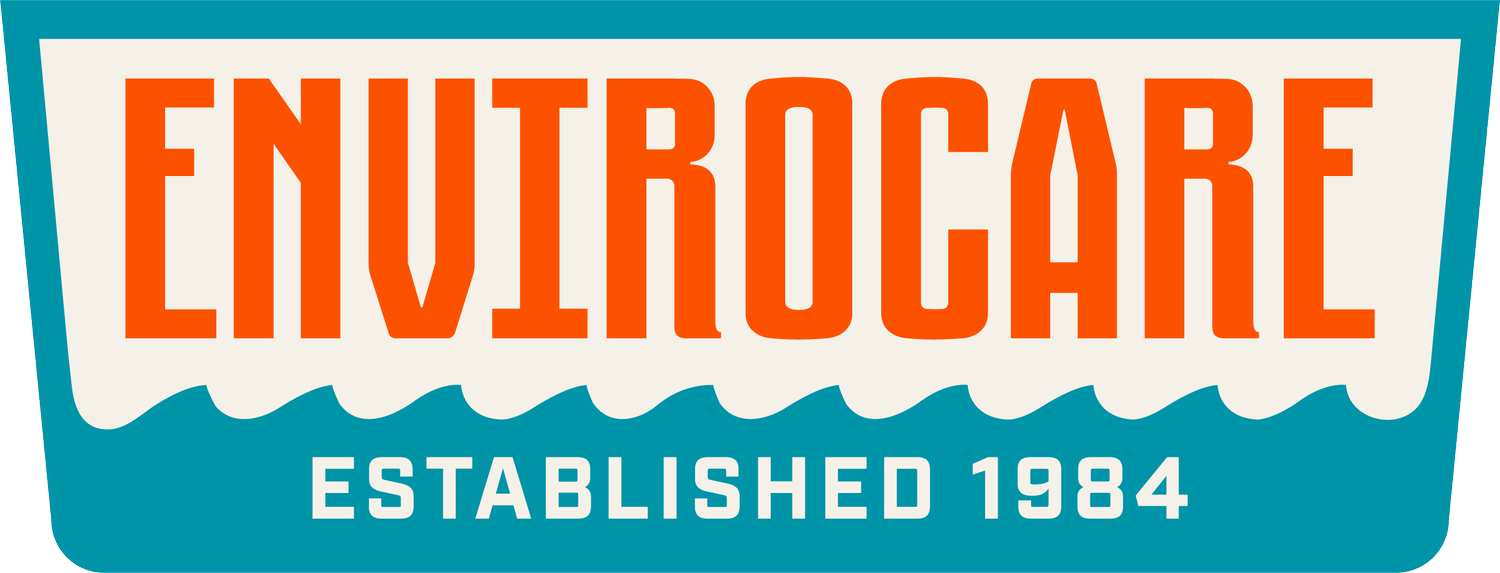The Do’s and Don’ts of Grease Trap Maintenance
Every commercial kitchen operator knows that protecting your investment is as important as meeting safety regulations. When it comes to grease traps, proper maintenance isn't just about compliance. It's about keeping your kitchen running efficiently and avoiding costly emergencies.
UNDERSTANDING YOUR SYSTEM
Before diving into maintenance protocols, it's important to understand what you're working with. Commercial kitchens typically use one of three types of grease traps. Gravity traps, the most common, rely on natural separation principles. Hydromechanical traps offer enhanced efficiency through baffles and flow control, while Automatic Grease Removal Units (AGRUs) provide the highest efficiency through more complex mechanisms.
Regardless of type, all grease traps work on similar principles. They slow down wastewater flow, allowing fats, oils, and grease (FOG) to naturally rise to the top while clean water continues through the plumbing system. Over time, this accumulated FOG requires regular removal to maintain system efficiency.
DAILY MAINTENANCE MATTERS
Small actions make a significant difference in extending the time between professional cleanings. Start with thorough dish scraping before washing and daily cleaning of sink strainers. Proper food waste disposal and regular surface cleaning prevent unnecessary strain on your grease trap system. Training your staff to monitor drainage speed can help catch potential issues before they become problems.
Your team needs to understand not just the procedures but the reasoning behind them. When staff recognize warning signs and understand the importance of documentation, they become your first line of defense against system failures.
PROFESSIONAL MAINTENANCE PLANNING
The frequency of professional maintenance depends on several factors unique to your operation. Consider your daily food volume, the types of food you prepare, your hours of operation, the size of your grease trap, and local health department requirements. Professional service should include complete FOG removal, interior trap cleaning, system inspection, performance testing, and proper documentation for compliance.
WARNING SIGNS
Never ignore indicators that your grease trap needs immediate attention. Slow drainage in sinks or floor drains often provides the first warning. Unpleasant odors near drains, gurgling sounds from the plumbing, water backing up in unexpected places, or multiple clogged drains at once all signal the need for immediate professional intervention.
PROTECTING YOUR INVESTMENT
Certain practices can seriously damage your system and lead to costly repairs. Never pour hot grease directly down any drain or use harsh chemicals like bleach in drain lines. Don't allow your trap to exceed 25% capacity or attempt to maintain large systems without professional help. Keep non-biodegradable items out of your drains, and never ignore regular maintenance schedules.
SMART MAINTENANCE STRATEGIES
Consider implementing preventive measures like bacterial and enzyme treatments to break down FOG and scheduling regular hot water jetting services. Automated monitoring systems can help track performance, while comprehensive staff training ensures everyone follows proper procedures. Maintain detailed documentation including maintenance logs, service records, staff training completion, and inspection results.
Regular maintenance might seem like an extra task on your busy schedule, but it's far less disruptive than emergency repairs or health department citations. Proper grease trap maintenance keeps your kitchen running and your business open. Don't wait for problems to develop.
Need help setting up a maintenance schedule that works for your kitchen? Our team provides 24/7 emergency service and can customize a maintenance plan that fits your needs. Call Envirocare at (804) 752.4551 or contact us here.

